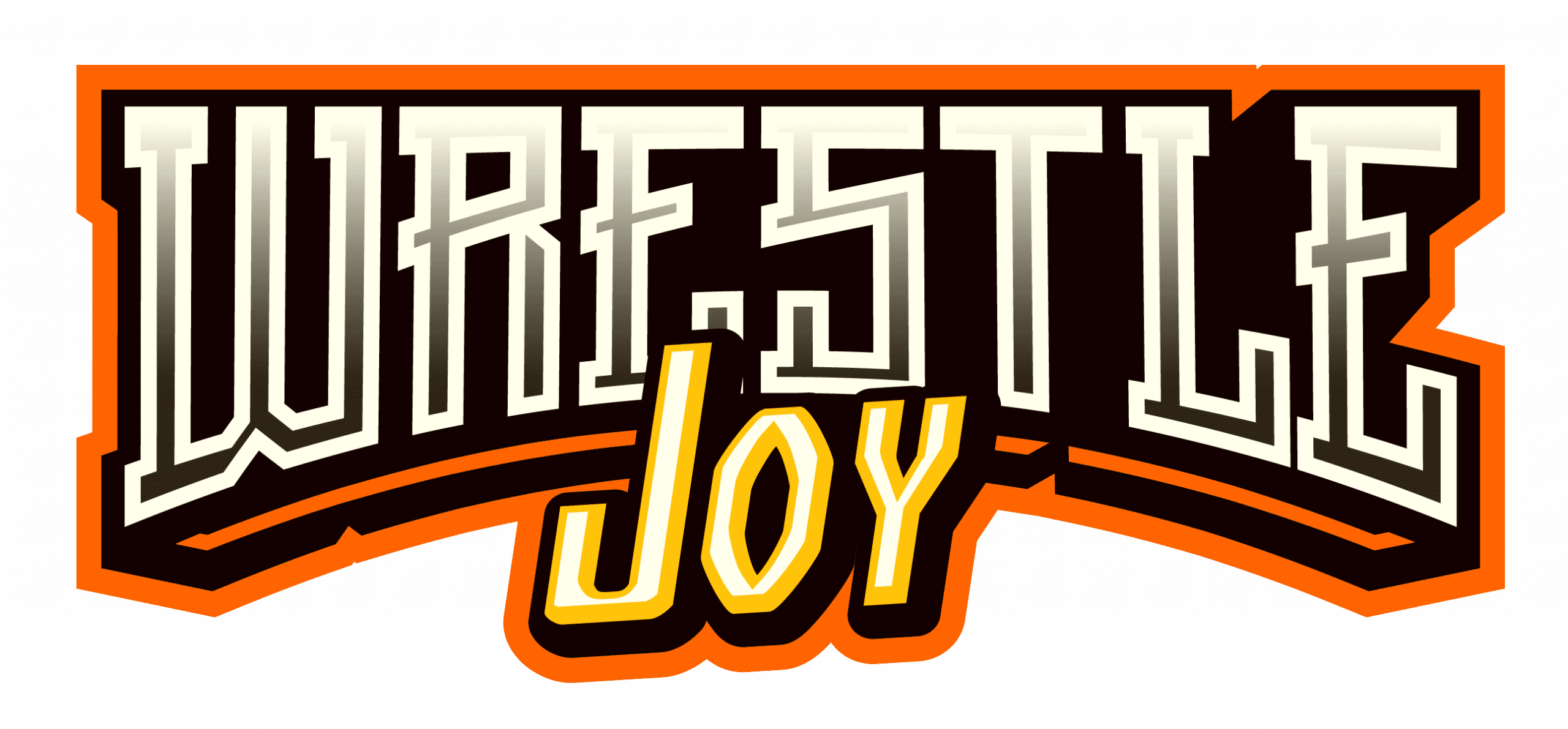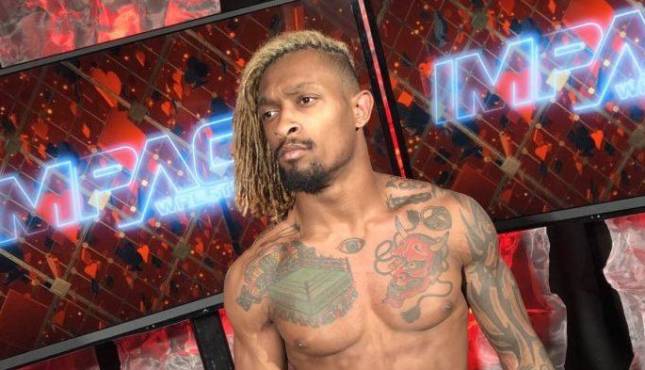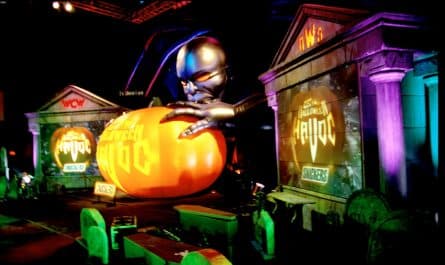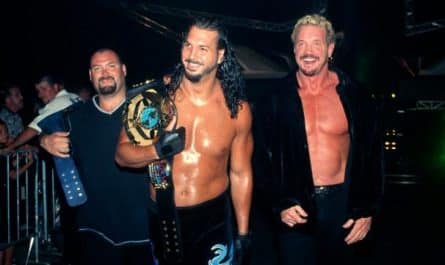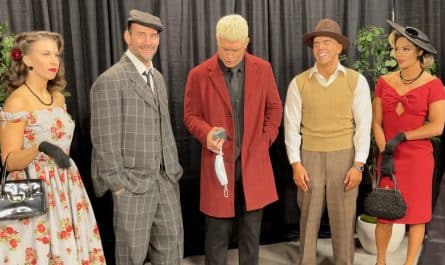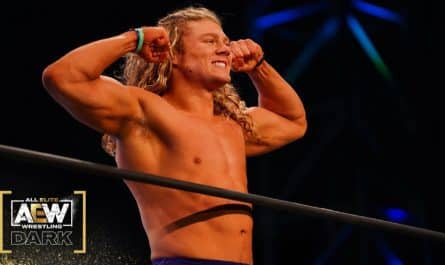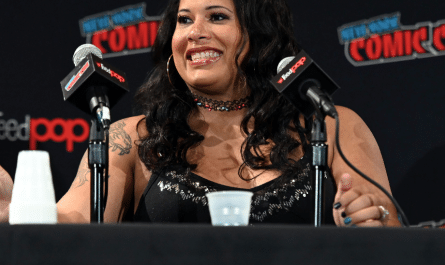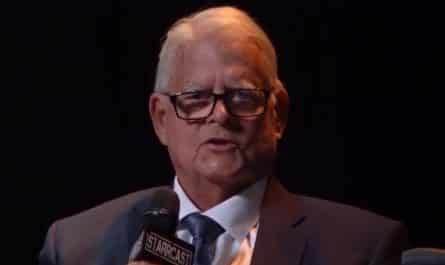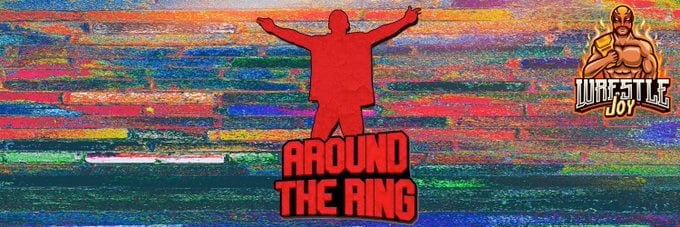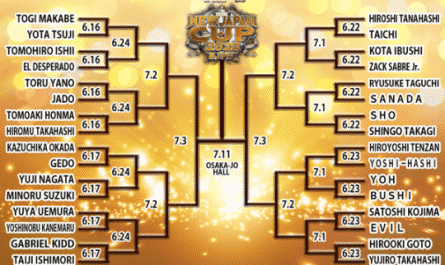
The idea of story in pro wrestling is often used to debate whether a story is being told in the ring – but the idea of what a story is is often lost. According to scholar and writer Robert McKee, a story is an event that creates meaningful change in a character through conflict. A character has a goal; something is standing in their way, and they’re changed by the end. Pro wrestling is such an easy arena to portray story at its most fundamental roots. Often pro wrestling has aped, either intensionally or accidentally, some of the most simple and complex stories in history.
One of the most beloved and talked about stories of the World Wrestling Federation’s golden era is “The Mega Powers.” From 1987 to 1989, Randy Savage and Hulk Hogan shared one of the sport’s greatest rivalries. Even with all the twists and turns, the Mega Powers story is so simple at its core. A man desires power, and the moment he achieves that power, he sees the end coming. The harder he tries to hang on to his dream, the further he slips into madness. Not only is this the tragic tale of the Macho Man’s rise and fall, but it’s also the story of William Shakespeare’s Macbeth.
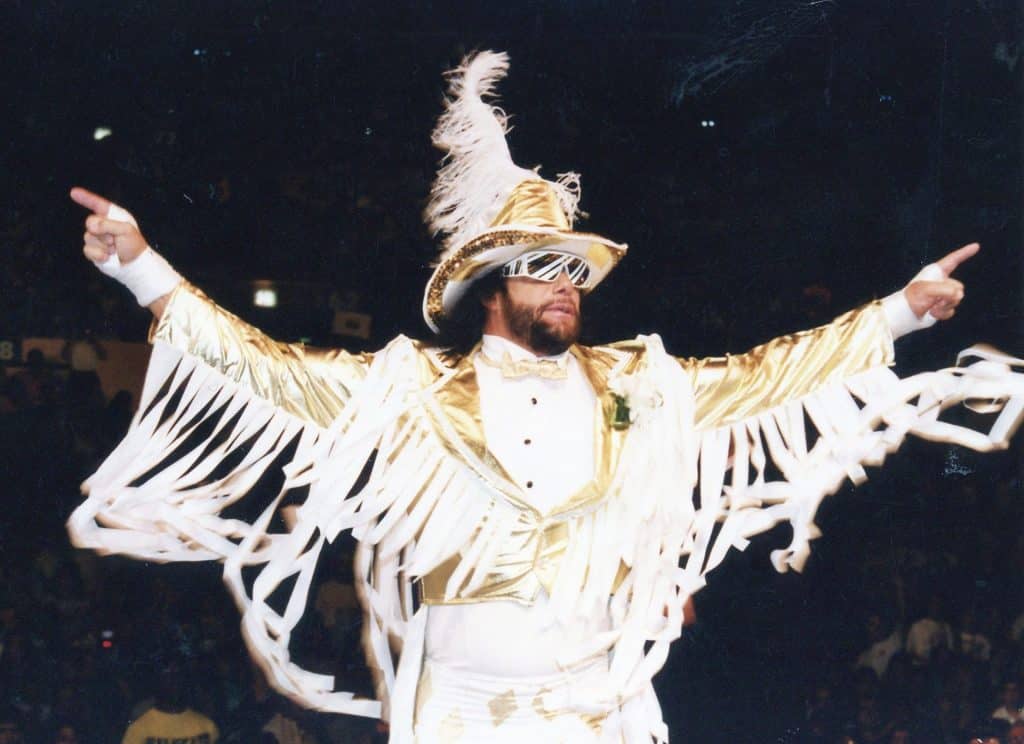
Macbeth starts with the titular character’s rise. Macbeth’s leadership inspires his troops to hold back a Scottish rebellion, currying King Duncan’s favor. Similarly, after losing the Intercontinental title to Ricky Steamboat at Wrestlemania III, Randy Savage started to change. Savage held the IC belt for nearly fourteen months. Though he was a rather dastardly heel, something about Savage’s persona caught on with a section of the WWF crowd. Like Steve Austin in late 1996 or the Rock in 1998, Savage was a villain who captured the audience. Seeing the trend, the WWF moved into one of its most ambitious storylines.
When the Honky Tonk Man shockingly beat Steamboat for the Intercontinental belt, he became a much different champion than the previous two. Honky was a caricature who cheated and ran from conflict in the manner of the classic chicken-heels. While Savage was no longer champion, he didn’t take kindly to a coward calling himself the “Greatest Intercontinental Champion of all time”. On October 3rd, 1987, Savage challenged the Honky Tonk Man for the IC championship on Saturday Night’s Main Event. Though Savage hadn’t completed the babyface turn, the crowd was clearly in his favor. The match ends in a disqualification after the Hart Foundation, Honky’s stablemates, attacked Savage.
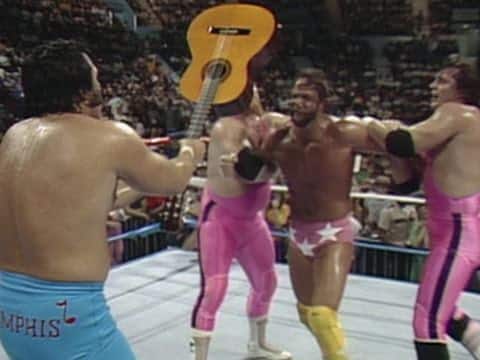
As the vile triumvirate beats on the challenger, with Honky crushing his skull with a non-gimmicked guitar shot, Miss Elizabeth returned with WWF Champion Hulk Hogan. Together Hogan and Savage cleared the ring and shared an awkward moment between former rivals before shaking hands. Much like when the three witches revealed Macbeth and Banquo’s intertwined future, Savage sees his destiny: The cheering crowd, the alliance with Hogan, and the feeling of standing in the ring as the top guy. Like Macbeth, Savage desires the throne; not just the title, but Hogan’s position in the company.
“When shall we three meet again
In thunder, lightning, or in rain?” (Act 4 Scene 2)
Savage’s transition to babyface is complete. He co-leads a Survivor Series team against Honky with Steamboat, another former rival. Savage challenges Honky for the final time in February of 1988 on the NBC Main Event special undercard. Savage wins by count-out but fails to regain the belt. However, in the aftermath of the Hogan/Andre main event, Savage sees his opportunity.
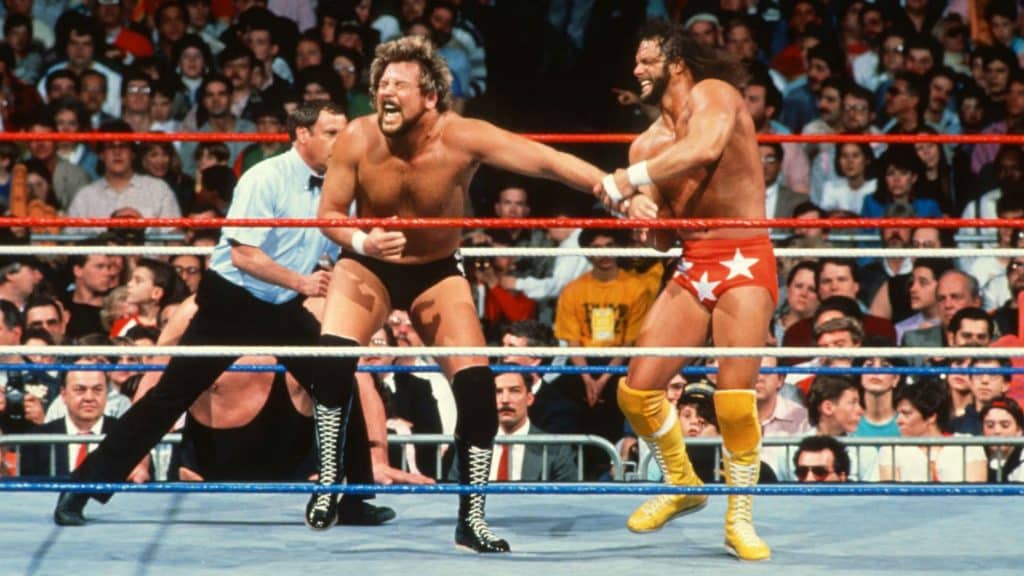
At WrestleMania IV, the Macho Man moves through the tournament to declare the new WWF Champion. In the finals, he meets Ted DiBiase, the man responsible for the vacated belt. Savage only defeats the Million Dollar Man after a blind chair shot from his new best friend, Hogan. Savage stumbles for a moment realizing something is amiss. He didn’t knock DiBiase out, but he is on the ground with Hogan cheering Savage outside the ring. In a quick moment, Savage goes through a moral crisis. For the last half-year, he’s been trying to walk the righteous line but sees the only way to the top is by embracing chicanery. Only this time, those actions are acceptable because he’s with Hogan. Savage ascends the ropes, delivers the flying elbow, and becomes king of the WWF.
“Fair is foul,
And foul is fair.” (Act 1 Scene 1)
Savage isn’t allowed to celebrate his greatest moment on his own. Instead, he shares the spotlight with Hogan and Elizabeth. In the show’s most infamous moment, he watches Hogan, his new best buddy, put his hand on Elizabeth’s behind. The new champion doesn’t like it but quickly writes the action off. But it’s clear his trust in Hogan is already shaken. Why wouldn’t it? All Savage needs to do is look back at Hogan’s former allies. When Paul Orndorff needed help, Hogan was too busy at the gym to take a simple phone call. When both Hogan and Andre the Giant are given special trophies to commemorate their achievements, Hogan sees how much smaller Andre’s award is, but he doesn’t care. Even his old rival, the Honky Tonk Man, came into the company as one of Hogan’s allies.
When the crowd turned on Honky, Hogan was suddenly missing. Savage knows Hogan only cares about the title and his position atop the company. If Hogan can so brazenly touch Elizabeth in front of him, how could Savage truly trust him? It’s only a matter of time before Hogan comes back for his belt.
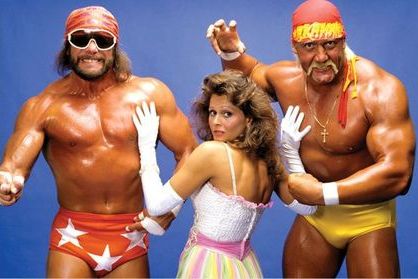
“Present fears
Are less than horrible imaginings.” (Act 1 Scene 4)
For the rest of 1988, Savage rules the WWF like Macbeth after being crowned King of Scotland. Though Elizabeth doesn’t prod the champion, like Lady Macbeth, Savage’s well-established paranoia and distrust play the role perfectly. Savage holds back challenges from DiBiase and the combination of Twin Towers of Big Bossman and Akeem. The threats to his title line up like the Thanes trying to wrestle back control of the Scottish crown.
Though the Mega Powers relationship was always strenuous, it reaches its first breaking point during the first Royal Rumble pay per view. After Hogan eliminates the Warlord, he sees Savage and Bad News Brown on the verge of eliminating each other. Hogan runs over and dumps both men over the top rope. Even with the Rumble’s winner-take-all nature, Savage doesn’t appreciate his supposed best friend eliminating him while he wasn’t looking. This action verifies every fear building in Savage’s mind for months. Hogan is untrustworthy, and Macho Man is only on top because of Hogan. Elizabeth helps squash their issue before it boils over.
One month later, at the Main Event, The Mega Powers team for the last time against The Twin Towers. During the match, Hogan carries an injured Elizabeth to the back while Savage suffers a beating. Hogan returns after Savage manages to turn the tide on his own. When Hogan wants to tag in to finish the job and win the match, Savage slaps him across the face. Hogan abandoned him and then came back for the credit. Just like always.
“When our actions do not,
Our fears do make us traitors.” (Act 4 Scene 2)
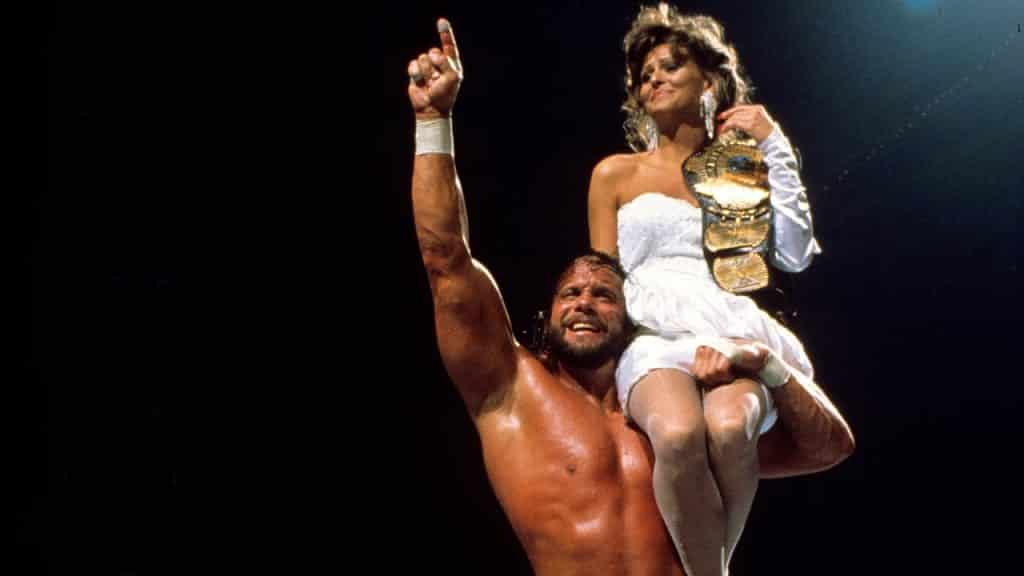
Randy Savage’s paranoia comes to fruition in the Wrestlemania V main event when he loses both title and Elizabeth to Hogan. Much like Macbeth, his desire for power fueled his rise to the top. At the same time, his delusional nature created an environment where everyone was a threat. Though Macbeth ends after Macduff beheads the king, Savage’s story continues as he falls further into madness, giving himself a literal crown. Eventually, Randy Savage gets what Macbeth never could in a redemption arch.
It’s doubtful that Vince McMahon and Pat Patterson sat around the pool and planned to crib Shakespeare. However, the bard’s tale’s enduring nature is so entrenched in Western Culture that it is easy to see how they slid into the narrative. Randy Savage and his spiraling psychosis helped create one of the most well-crafted long-term stories in professional wrestling history.
